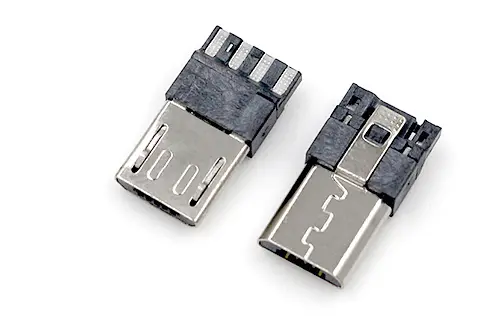How To Reduce Cost With Injection Molds for Mass Production
Injection molding is a popular manufacturing process for producing large quantities of parts. It allows for efficient and cost-effective mass production, making it a top choice for many businesses. However, while injection molding can provide numerous benefits for mass production, it's essential to find ways to reduce costs without compromising on quality. In this article, we will discuss how to reduce cost with injection molds for mass production, and explore various strategies that can help businesses save money while maintaining high-quality production.
The Benefits of Injection Molding

Injection molding offers several advantages for mass production. The process allows for high-volume production of complex parts with intricate details, tight tolerances, and fine finishes. It's a highly efficient method for creating large quantities of identical parts, which can result in significant cost savings. Additionally, injection molding can be used with a wide range of materials, including plastics, metals, and composites, providing flexibility in material selection for various applications.
One of the key benefits of injection molding is its ability to produce parts with minimal waste. The molds used in the process can be designed to minimize material usage, leading to lower material costs and reduced environmental impact. Furthermore, the automation of the injection molding process ensures consistent part quality and fast production cycles, contributing to overall cost efficiency.
Design for Manufacturability
Design for manufacturability (DFM) is a crucial consideration for reducing costs in injection molding. By optimizing the part design for the injection molding process, businesses can minimize material waste, reduce production time, and lower overall manufacturing costs. DFM principles focus on creating designs that are easy to mold, assemble, and produce with minimal complexity and cost.
To achieve cost savings through DFM, designers and engineers should work closely with injection molding experts to develop part designs that align with the capabilities of the injection molding process. This collaboration can help identify opportunities to streamline production, eliminate unnecessary features, and optimize part geometry for efficient manufacturing. By incorporating DFM principles into the design phase, businesses can significantly reduce costs associated with tooling, material usage, and production time.
Mold Material Selection
The selection of mold material is a critical factor in reducing costs with injection molds for mass production. The material used to construct the mold directly impacts its durability, longevity, and performance, all of which influence production costs. When choosing mold materials, businesses should consider factors such as strength, wear resistance, thermal conductivity, and machinability to ensure optimal mold performance and cost efficiency.
High-quality mold materials, such as hardened steel and aluminum alloys, offer superior durability and long-term reliability, reducing the need for frequent mold maintenance and replacement. While these materials may have higher upfront costs, their extended lifespan and superior performance can result in long-term cost savings. Additionally, selecting mold materials with good thermal conductivity can improve cooling efficiency during the molding process, reducing cycle times and energy consumption.
Optimized Production Processes
Streamlining production processes is essential for reducing costs with injection molds for mass production. Optimizing the molding process involves identifying opportunities to enhance efficiency, minimize downtime, and increase productivity. By implementing lean manufacturing principles and continuous improvement initiatives, businesses can eliminate waste, improve workflow, and enhance overall production efficiency.
One approach to optimizing production processes is through the use of advanced molding technologies, such as scientific molding techniques and real-time process monitoring. These technologies enable better control over key molding parameters, resulting in improved part quality, reduced scrap, and higher production yields. Additionally, implementing automated solutions for mold setup, part handling, and quality inspection can further enhance production efficiency and reduce labor costs.
Supplier Collaboration and Negotiation
Collaborating with trusted suppliers and negotiating favorable terms can lead to cost reductions in injection molding for mass production. Building strong relationships with material suppliers, mold makers, and manufacturing service providers can result in cost-effective sourcing, improved lead times, and access to value-added services. By leveraging the expertise and resources of reliable suppliers, businesses can achieve cost savings across various aspects of injection molding production.
When working with suppliers, it's essential to explore opportunities for bulk purchasing, long-term contracts, and cost-effective material sourcing. Negotiating favorable terms for mold design, tooling, and additional services can also contribute to overall cost reduction. Furthermore, engaging in open communication and collaboration with suppliers can facilitate a better understanding of production requirements and lead to the implementation of innovative solutions that drive cost efficiency.
In conclusion, reducing costs with injection molds for mass production requires a strategic approach that encompasses various aspects of design, materials, production processes, and supplier collaboration. By focusing on design for manufacturability, mold material selection, production process optimization, and supplier collaboration, businesses can achieve significant cost savings while maintaining high-quality production standards. Implementing these strategies can help businesses maximize the benefits of injection molding for mass production while minimizing associated costs, ultimately contributing to improved profitability and sustainable growth.
+86 13433648351





